Virginia Beach VA Addiction Treatment Aftercare Programs
Navigating the Journey Beyond Rehab: A Guide to Virginia Beach VA Aftercare Programs
For individuals in Virginia Beach overcoming addiction, successfully completing a rehabilitation program is a monumental achievement. However, the fight for long-term sobriety doesn’t end there. Aftercare programs play a crucial role in solidifying the gains made in rehab and providing essential support during the critical period of reintegration into daily life.
Addiction Treatment Helpine Virginia Beach: 888-325-2454
This comprehensive guide explores the significance of aftercare programs in Virginia Beach VA, delves into the various types of services available, and sheds light on the immense benefits of continued support after rehabilitation. To learn more about addiction treatment centers in Virginia contact our helpline now.
Why is Aftercare Crucial for Long-Term Recovery in Virginia Beach VA?
The initial stages of recovery are often the most challenging. According to the National Institute on Drug Abuse (NIDA), relapse rates are highest within the first year of sobriety (https://www.nih.gov/about-nih/what-we-do/nih-almanac/national-institute-drug-abuse-nida). This highlights the importance of aftercare programs, which bridge the gap between the structured environment of rehab and the complexities of daily life.
Here’s why aftercare programs are vital for long-term recovery in Virginia Beach VA:
- Reduced Relapse Risk: Aftercare programs provide ongoing support, relapse prevention strategies, and access to therapy, which significantly reduces the likelihood of relapse.
- Developing Coping Mechanisms: Aftercare teaches valuable coping mechanisms for managing stress triggers, cravings, and other challenges that can lead to relapse.
- Building a Support Network: Aftercare programs connect individuals with peers in recovery, fostering a sense of belonging and offering a strong support system beyond treatment.
- Reinforcing Relapse Prevention Skills: Through continued therapy and education, aftercare programs solidify the relapse prevention skills learned during rehab.
- Improved Quality of Life: Aftercare programs assist individuals in rebuilding their lives, focusing on aspects like employment, relationships, and overall well-being.
Success Story:
“After completing rehab at BrightView Virginia Beach, I was hesitant about aftercare,” shares John, a recovering addict in Virginia Beach. “But the support groups and individual therapy at their aftercare program have been invaluable. It’s a safe space to share challenges and celebrate victories. I wouldn’t be on this path to long-term recovery without it.” Find our more from Couples Rehabs by visiting thier about us page.
Types of Virginia Beach VA Aftercare Services
A diverse range of aftercare services are available in Virginia Beach VA, catering to the specific needs of each individual. Here’s an overview of some common addiction treatment programs:
- Individual Therapy: Provides personalized support and guidance to address individual challenges and develop coping mechanisms.
- Group Therapy: Offers a safe space to connect with peers in recovery, share experiences, and learn from each other’s journeys.
- Family Therapy: Involves family members in the recovery process, fostering communication and building a supportive home environment.
- Sober Living Homes: Provides a structured living environment with supportive staff, peer accountability, and relapse prevention strategies.
- Outpatient Programs: Offer flexible options for continued therapy and support group participation while integrating back into daily life.
- Medication-Assisted Treatment (MAT): May be used in conjunction with therapy to manage withdrawal symptoms and cravings for certain substances.
- Support Groups: Programs like Alcoholics Anonymous (AA), Narcotics Anonymous (NA), and SMART Recovery offer free, peer-driven support groups for individuals in recovery.
The Benefits of Continued Support After Rehabilitation in Virginia Beach
The benefits of participating in aftercare programs in Virginia Beach VA are vast and extend far beyond simply avoiding relapse. Here are some key advantages:
- Improved Self-Esteem: Aftercare programs foster personal growth and empower individuals to believe in their ability to stay sober.
- Enhanced Life Skills: Aftercare can help develop essential life skills like communication, stress management, and healthy relationship building.
- Reduced Stigma: Group settings and therapy sessions provide a space to openly discuss addiction and challenge negative stigmas associated with the disease.
- Greater Accountability: Aftercare programs offer ongoing accountability through regular therapy sessions and peer support, which can be crucial for sustained recovery.
- Developing a Recovery Plan: Aftercare programs help individuals create a personalized, long-term recovery plan that addresses their specific needs and goals.
Expert Quote:
“Aftercare programs are essential for long-term recovery success,” emphasizes Dr. Sarah Jones, a leading addiction specialist in Virginia Beach. “They provide a crucial support system, relapse prevention tools, and continued therapy, which significantly increase the chances of achieving lasting sobriety.”
Finding the Right Aftercare Program in Virginia Beach VA
There isn’t a “one-size-fits-all” approach to aftercare. The ideal program will depend on your individual needs, preferences, and budget. Here are some steps to guide you in finding the right aftercare program in Virginia Beach VA:
- Assess Your Needs: Consider your specific challenges, support system, and preferred program structure (individual, group, sober living).
- Research Programs: Explore websites of local treatment centers, mental health clinics, and support groups in Virginia Beach VA. Many facilities offer aftercare programs alongside their primary treatment services.
- Insurance Coverage: Contact your insurance provider to understand your coverage for aftercare services. This can help narrow down your options and ensure affordability.
- Contact and Ask Questions: Don’t hesitate to contact potential programs. Ask questions about their aftercare philosophy, treatment modalities, and staff qualifications.
- Consider Location and Schedule: Accessibility is key. Choose a program with a convenient location and schedule that fits your daily life commitments.
- Read Reviews and Testimonials: Reading online reviews and testimonials from past participants can offer valuable insights into the program’s effectiveness and overall experience.
Resources for Finding Aftercare Programs in Virginia Beach VA
Here are some resources to assist you in your search for aftercare programs in Virginia Beach VA:
- Substance Abuse and Mental Health Services Administration (SAMHSA): Provides a treatment facility locator tool to find SAMHSA-funded treatment programs in your area, including some offering aftercare services (https://findtreatment.samhsa.gov/).
- Virginia Department of Mental Health, Addiction & Recovery Services (DMHARS): Offers a directory of licensed addiction treatment providers in Virginia, some of which may specialize in aftercare (https://dbhds.virginia.gov/behavioral-health/mental-health-services/).
- National Institute on Drug Abuse (NIDA): Provides information on addiction treatment and recovery resources, including aftercare programs.
-
City of Virginia Beach – Human Services: This website offers information on various programs and resources available through the city’s Department of Human Services, including some related to substance abuse and mental health (https://hs.virginiabeach.gov/).
- Specifically, the Behavioral Health, Wellness & Prevention Services section provides details on community engagement, educational sessions, and resources for addiction prevention (https://hs.virginiabeach.gov/behavioral-health).
-
Virginia Department of Mental Health, Addiction & Recovery Services (DMHARS): This state agency provides a comprehensive resource for mental health and addiction services in Virginia, including Virginia Beach. Here’s the relevant link:
- DMHARS Provider Directory: This tool allows you to search for licensed addiction treatment providers in Virginia Beach and surrounding areas. Some providers may specialize in aftercare programs crucial for long-term recovery (https://dbhds.virginia.gov/).
-
Substance Abuse and Mental Health Services Administration (SAMHSA) Treatment Facility Locator: This is a federal resource from the Substance Abuse and Mental Health Services Administration (SAMHSA). It allows you to search for SAMHSA-funded treatment programs in your area, including potentially some offering aftercare services (https://findtreatment.gov/).
Remember, these resources are a starting point. It’s advisable to explore each website thoroughly and contact the relevant agencies or providers directly for the most up-to-date information and personalized guidance.
In Closing
Taking the first step towards recovery is a courageous act. While completing rehabilitation is a significant accomplishment, long-term success hinges on continued support. The diverse range of aftercare programs available in Virginia Beach VA provides a powerful tool to solidify your recovery journey, build a strong support network, and develop the skills necessary to maintain long-term sobriety. Remember, you are not alone. With dedication and the right resources, you can achieve lasting recovery and build a fulfilling life in Virginia Beach VA.
Common Search Terms for Aftercare:
- Virginia Beach addiction recovery programs
- relapse prevention Virginia Beach VA
- aftercare support groups Virginia Beach
- Virginia Beach sober living homes
- outpatient addiction treatment Virginia Beach VA
- medication assisted treatment Virginia Beach
- Virginia Beach addiction recovery resources





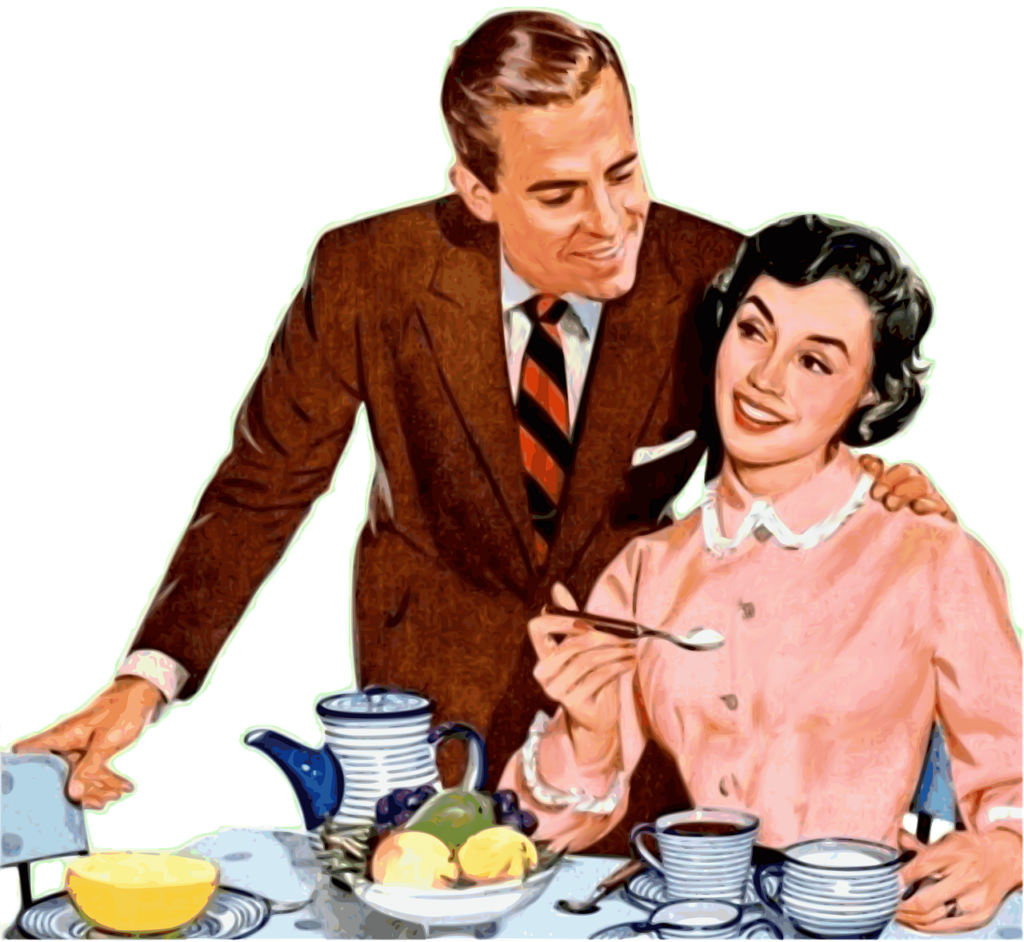
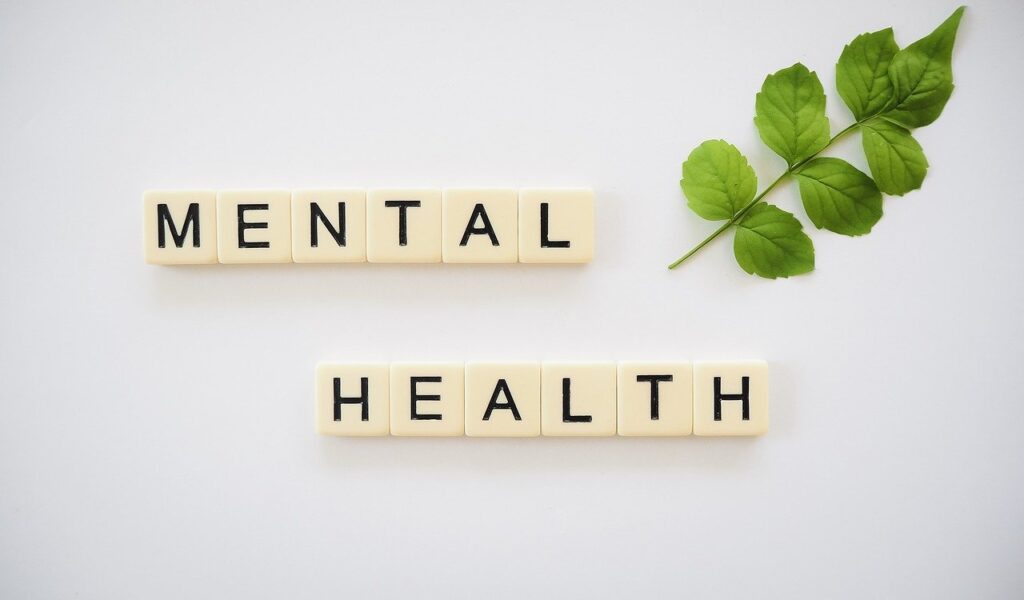


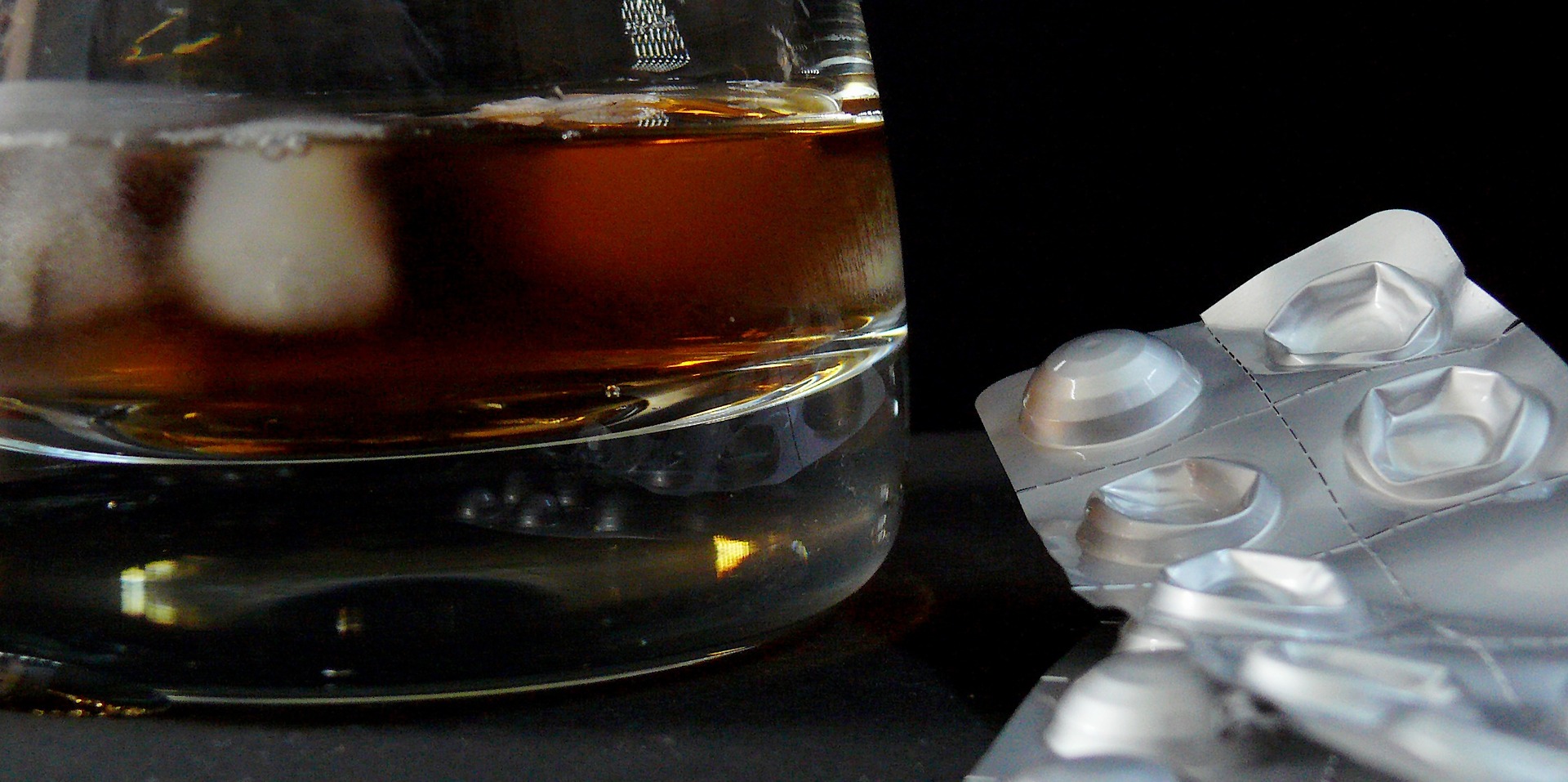

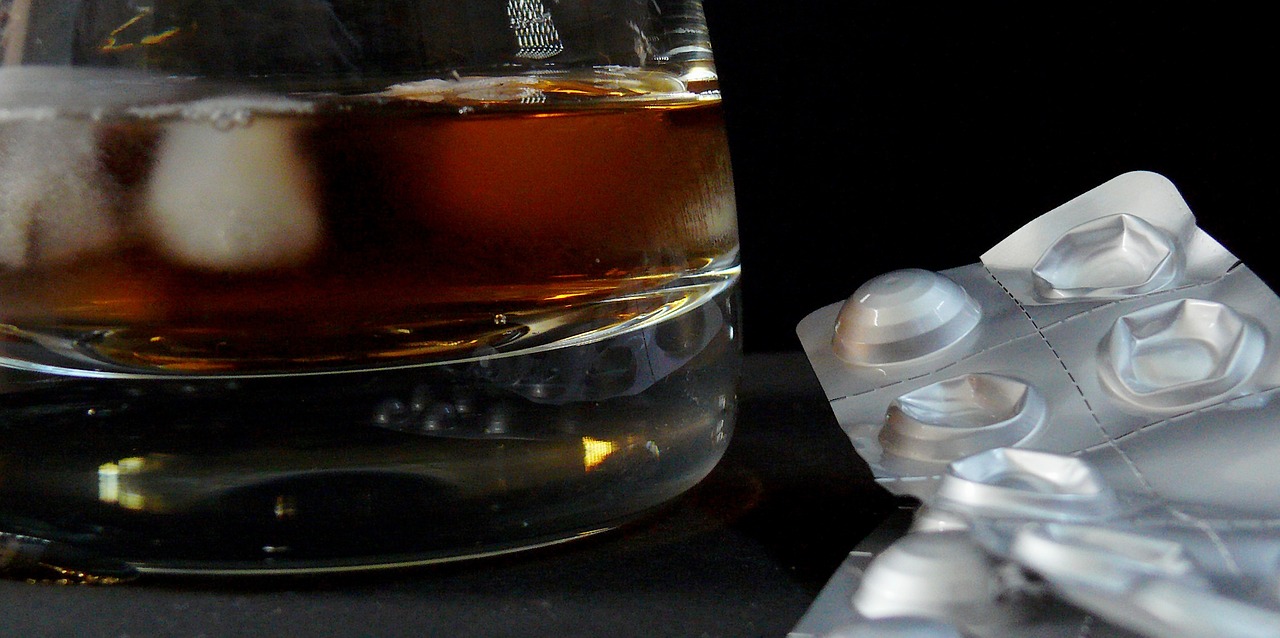
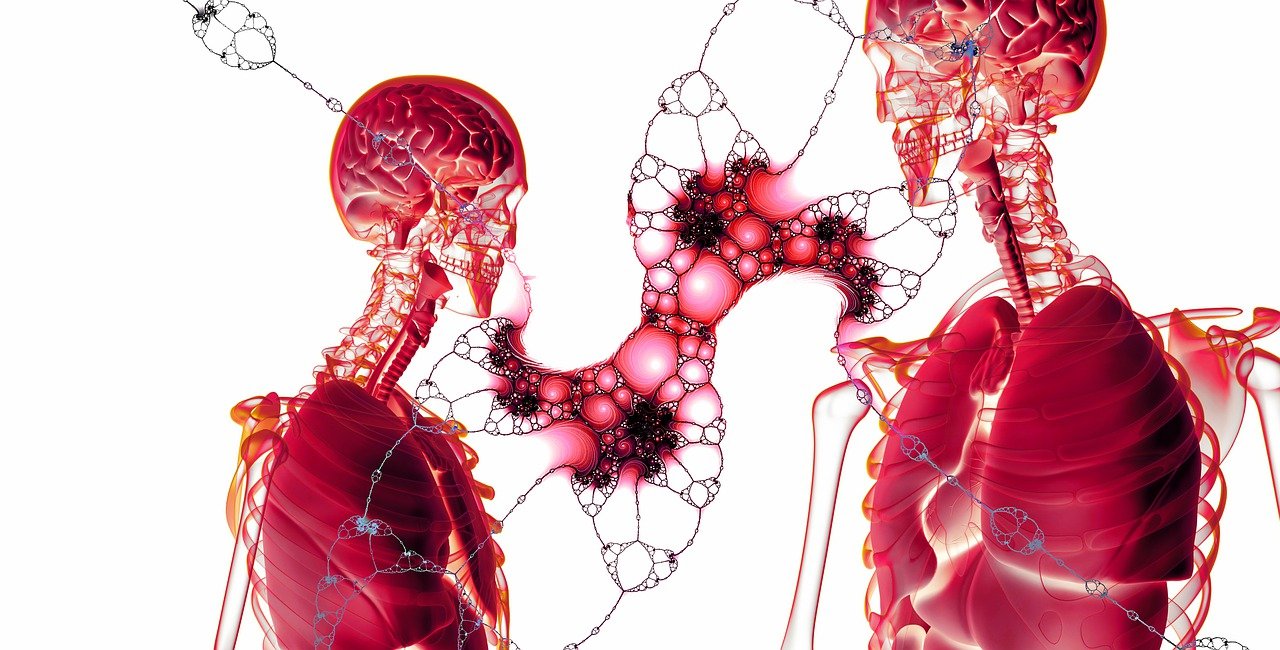
Recent Comments